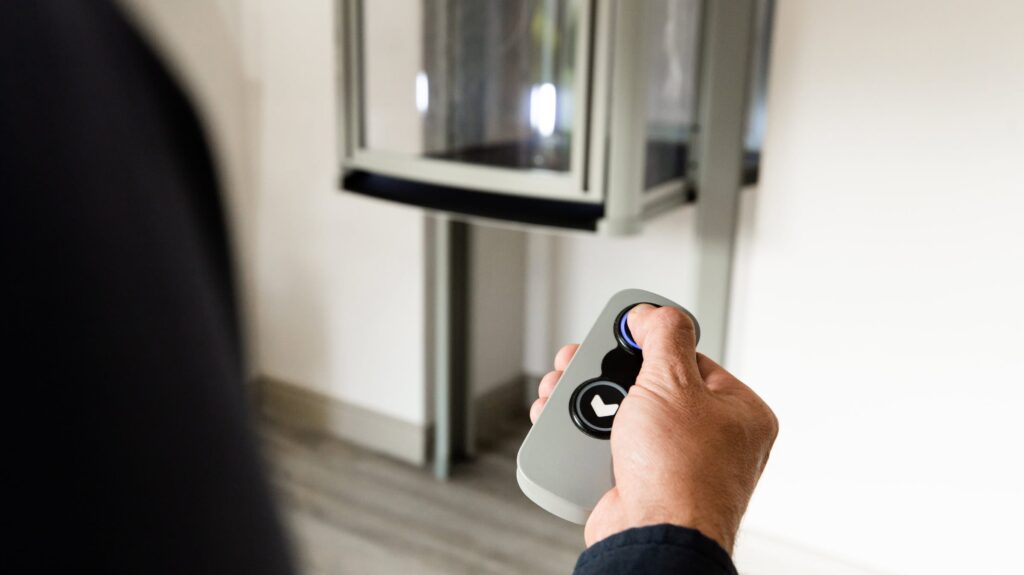When renovating your home, retirement may not be your first thought, especially if it’s decades away. While aesthetics and entertainment might be your focus in your early years, as you get closer to your golden years, your idea of a home might change, and functionality, along with practicality, becomes more important to you and your loved ones.
As you get older, you tend to spend more time in your home, and moving around your property while doing household tasks might become more labour-intensive. When planning and budgeting for a home renovation, you’ll need to factor in the limitations of access due to limitations in mobility.
If you’re planning a home renovation in your prime earning years, we encourage you to think not only of all the bells and whistles but also of the living standards you want to maintain. What you do with your home now will have a direct impact on how comfortable it will be to live in later on, so it might be worthwhile to keep the below checklist in mind – future, you will thank yourself.
Switch to low-maintenance landscaping
Gardening is a great way to keep yourself occupied and lift the spirits. However, it can become a chore. This is especially the case when bending down on your knees to do weeding, or standing to do mowing, becomes painful and almost impossible to achieve.
Consider switching instead to a low-maintenance garden, by swapping out grass for sand or gravel, and choosing hardy plants over the more fragile ones.
Take care of repairs sooner rather than later
If you think that the repairs you need to get sorted out are stressful now, just imagine how stressful they will be to solve when you are old and grey – a time when you are supposed to be resting and enjoying your golden years. Better to clear your worries today, to prepare for a more relaxed tomorrow.
Check doors, windows, hallways and other entrances
Even though you may not have sore joints at this very moment in time, they are common symptoms of ageing. To prepare for achy knuckles, you should replace any doorknobs you have with levers. Levers allow a person to open a door using their elbows instead of their hands, eliminating the possibility of handles turning into obstacles.
Often as you age you become less mobile, making it easier for your body to get cold. Make sure your windows are sealed properly to avoid any unnecessary drafts. You might also want to lower any mechanisms used to open or close curtains and blinds so that you can reach them from both a standing and seated position.
Hallways should be wide enough for wheelchairs, walkers and mobility scooters to get through. You’ll also want to make sure that all main entrances are clear and easily accessible. If you’re planning on installing a Home Lift, place it close to one of these frequently used entrances to make moving around as convenient as possible.
Ensure ease of mobility within the home
If there are decks or elevated patios in or outside of your home, chances are that you also have stairs to reach them. Stairs can become difficult to climb, so you might want to add a ramp next to them, or replace them entirely. Ramps also help with wheelchair access.
In cases where you have a full staircase, you may want to add a stairlift to them or – as mentioned above – install a Home Lift. Both of these will help you maintain a good level of mobility throughout your home. As a bonus, both are additions that you can benefit from both now and in the future.
Age-proof your kitchen and bathroom
As you want to prepare for all possible scenarios, you’ll want to ensure that all frequently used cabinets and surfaces in the kitchen and bathroom are low enough to be reached from both a sitting and standing position. Kitchen appliances should be switched to ones that offer the least amount of effort to use.
You might also want to add safety railings to your bathroom to help you enter and exit the bath or shower, install slip-proof mats and add a chair to your shower. As far as tap handles go, the same applies to them as it does to doorknobs.
Update lighting, wires, chords and outlets
Wires, chords and outlets that are old or outdated should be replaced to avoid any fire or electrical hazards. As for lighting, you’ll want to install enough lighting to create clear walking passages from room to room.
As a safety measure, you could also install multiple switches for the same light, making them accessible from both ends of a room or passage. This helps to avoid accidents like bumping into or falling over an obstacle.
Slip-proof your floors and other slippery surfaces
Slippery floors and tiles should be replaced with surfaces that are less dangerous to walk on, like wooden floors or carpets. Keep in mind, though, that carpets can be tricky for mobility aids to drive on or get over. Whichever surface you choose, make sure that they are as easy to clean as they are safe to walk on.
Contact us for an in-depth consultation
Our product specialists are ready and waiting for your call to discuss your mobility solution needs and can be contacted on 080 73 73 73 7 to set up a free, no-obligation on-site assessment now.
We would also be able to arrange for test drives at clients’ homes so that you can both see and use the Duo or Trio Home Lift.



